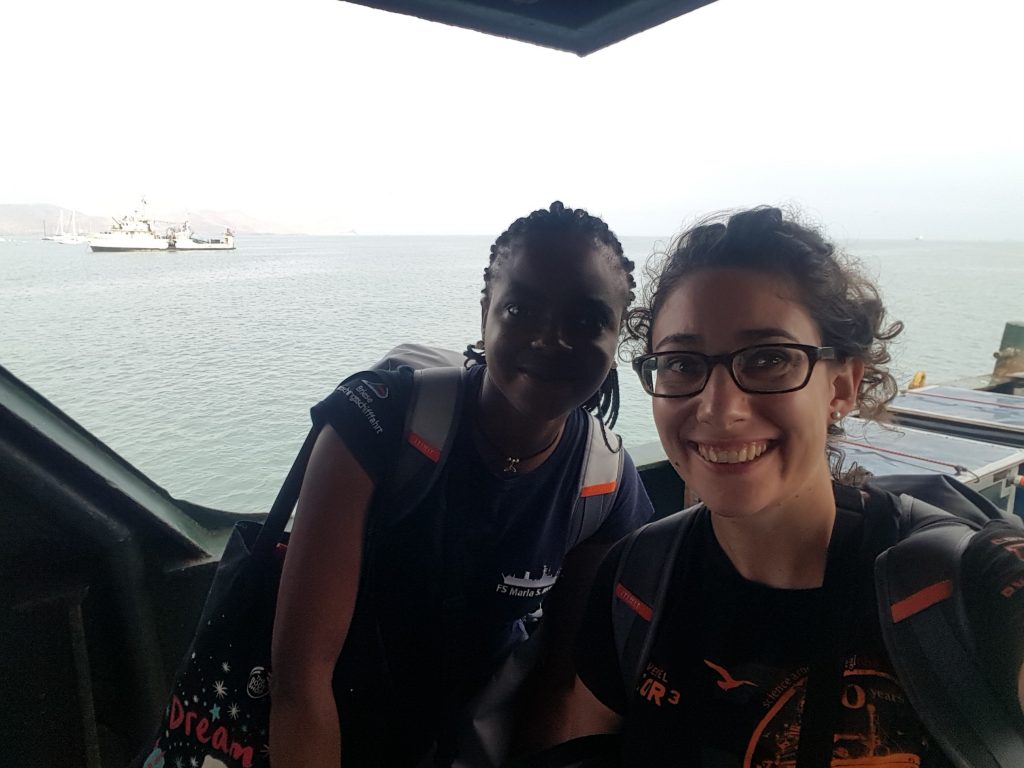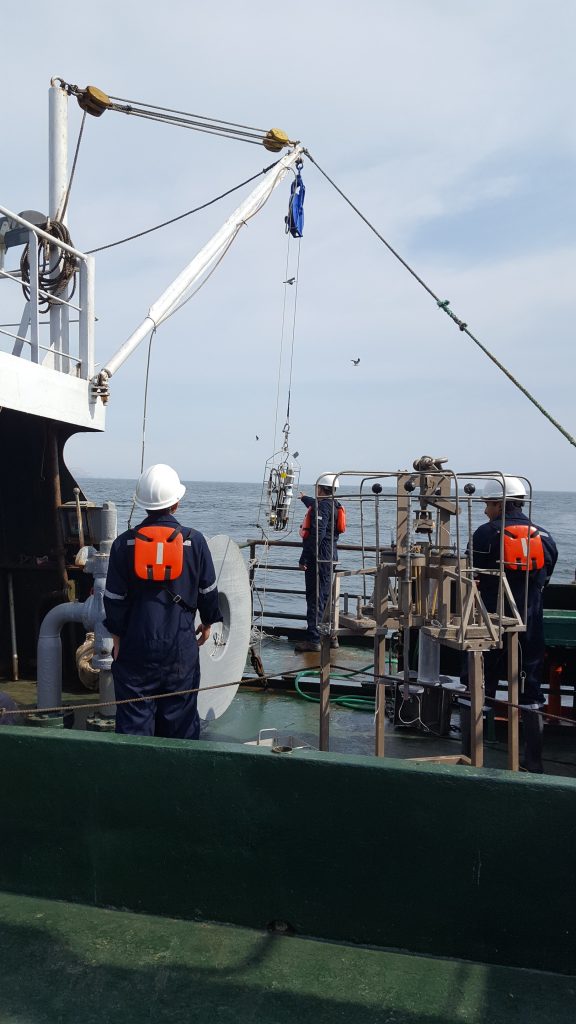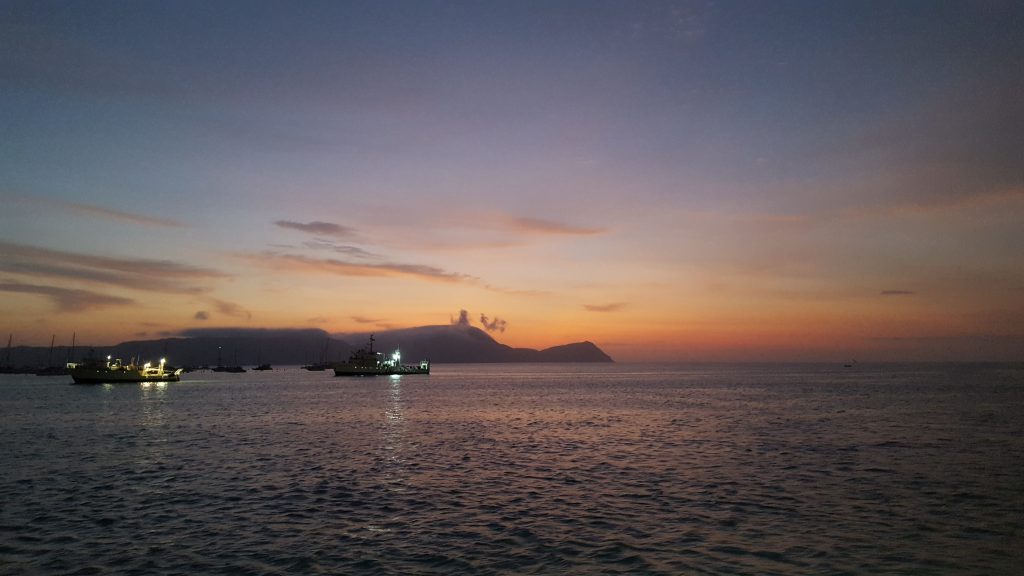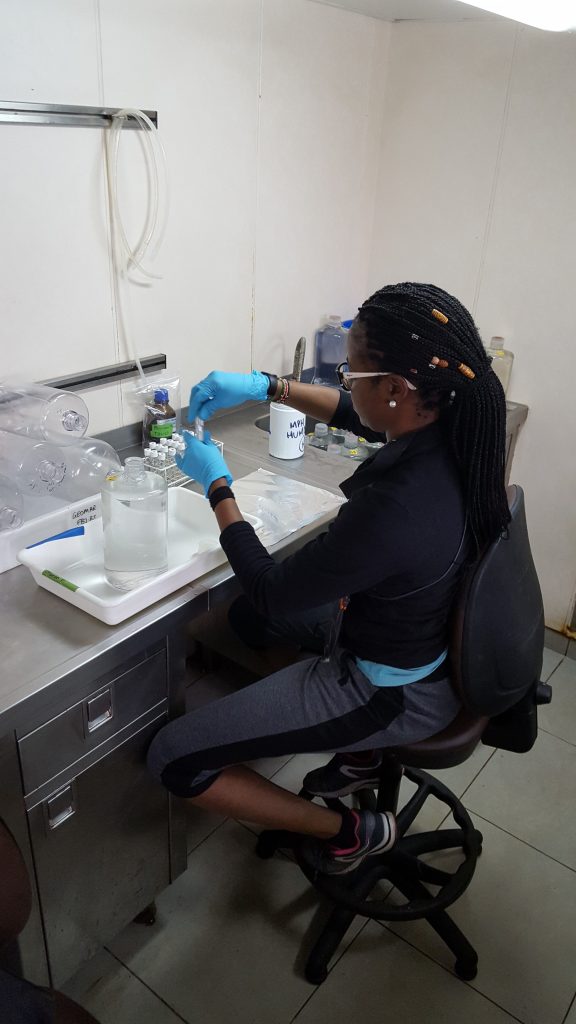The KOSMOS-CUSCO project focuses on the links between upwelling intensity, primary productivity, export and trophic transfer efficiency in a changing climate. They seek to understand the reasons for the out of phase seasonal cycle between nutrient supply and phytoplankton productivity, an unexplained phenomenon unique to the Humboldt upwelling system. In a complementary way, Humboldt Tipping focuses on investigating the magnitude of supply of nitrogen (an essential nutrient for phytoplankton productivity) via biological nitrogen fixation in relation to nitrogen loss that happens in the oxygen minimum zone. A hypothetical scenario where more nitrogen is lost from the water than is gained through nitrogen fixation would constitute a tipping point for the highly productive Peruvian upwelling system through a reduction in phytoplankton productivity. If you want to learn more about this, then check out our project website: https://humboldt-tipping.org/en .

Our work entails participating in bi-monthly research cruises to the Callao transect at 12°S run by our Peruvian collaborators of the Instituto del Mar del Peru (IMARPE). While our CUSCO colleagues were patiently waiting on delivery of their containers, we were particularly excited about the opportunity of a few spare days on the Peruvian research vessel BIC Humboldt to venture further off-shore than we usually do. However, the dates for our cruise are highly dependent on the activities of the KOSMOS team and when BIC Humboldt can be available to us. The KOSMOS team is however still on standby waiting for the delivery of their containers. They have no dates as to when this will happen but even so, plans keep changing every so often.

“Be flexible” – the motto of our work here in Peru. “Be flexible” we were told as we waited for news as to when BIC Humboldt would be available. KOSMOS customs delays and changing plans from hour to hour left imprint on our logistics, too. When should we get the liquid nitrogen so that it wouldn’t all evaporate before we got our samples? How could we transport our bulky equipment from land to the boat in time? Four 80 kg steel and plexiglass incubators aren’t your typical hand luggage. After 3 days of active discussions with Ulf and Michelle, on the 10th of February the ship, our equipment and we were all ready to go and we headed for the open ocean. We spent the day setting up the lab, cleaning our equipment, getting to know the crew and enjoying the calmness yet unpredictability of the ocean. Only our essential circle of bottle friends, the Niskin bottle rosette was not responding to electrical signals. “Be flexible” … click, click, click. A little coaxing and tweaking by the IMARPE team and it was back in action. Just in time for our first station, Isla San Lorenzo a mere shadow on the horizon, adorned with the glowing colours of the setting sun.

While everyone on land is preparing to go to sleep, we are getting ready to sample our first station. The aromas of working on a boat at sea wafted through our lab as the pumps for our filtration racks buzzed in the background. In the dark of night we used our sensory oceanography skills as BIC Humboldt pressed on from patches of fresh cool nutrient water upwelled to the surface to the stench of murky brown waters littered with microscopic “red tide” dinoflagellates. “Be flexible” – also applied to our sleeping schedule for the night. At the expense of regular sleeping hours, we had our first station work completed by 3am. Our drooping eyes reflected the feeling after a night out dancing in a salsa bar in Lima as we froze our final filter in the liquid nitrogen tank. Now it was time for a quick ‘papaya’, the tropical version of a nap, until the next station at 4.30am. With a tired smile, Allanah reminds us that things may not go as planned, but they all work out eventually.

Over 150 filters and 5 stations later, we had finished sampling the stations along the Callao transect off the coast of Peru. Another successful cruise with IMARPE collaborators and our work for February was done. “Be flexible” and in the end everything will be alright . And if it isn’t alright, it isn’t the end yet.
Allanah Paul and Leila Kittu